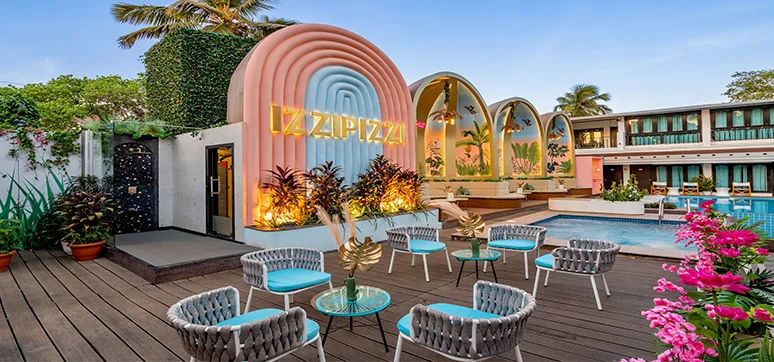By 2050, façades & fenestrations will be more energy-efficient, sustainable, and responsive to the environment. They will be made from sustainable materials, incorporate renewable energy systems, and be able to adjust to the environment to maximize comfort and energy efficiency. This will help to create a more sustainable and livable future for all.
FUTURE DESIGNS
The design of façades and fenestrations is set to undergo a profound transformation. Façades will be meticulously crafted with materials boasting exceptional insulation properties, complemented by dynamic shading systems that adapt to the sun’s position. Integrated renewable energy systems will seamlessly harness nature’s resources. However, evolution isn’t solely functional. Aesthetics will continue to flourish as well. Building upon today’s artistic expressions, future façades will find innovative ways to merge sustainability and beauty, as the organic fusion of multi-functional façades, capable of generating energy, purifying air, and providing shade, will become emblematic of architectural ingenuity. Future façades and fenestrations will not only enhance aesthetics but also redefine the very essence of sustainable, responsive, and integrated design.
In the evolving landscape of futuristic façades and fenestrations, innovation takes centre stage. Smart glass, with its ability to dynamically adjust transparency and properties with electrical stimulation, becomes a key player in achieving both functionality and aesthetics. Furthermore, the future sees the rise of aerogels, featherweight materials renowned for their exceptional insulation properties. These aerogels form the foundation for energy-efficient façades and fenestrations, ensuring that buildings remain comfortable while minimising energy consumption. Wood, a timeless element, coexists harmoniously with these futuristic features. Its warmth and natural appeal are enhanced by bio-based materials, hailing from renewable resources, infusing façades with sustainable elegance. Meanwhile, phase change materials work behind the scenes, storing and releasing heat as needed, contributing to precise temperature regulation.
By 2050, I would like to see the following façade and fenestration technologies:
- Self-cleaning façades: Self-cleaning façades would reduce the need for water and chemicals to clean them, which would save resources and reduce pollution. • Air-purifying façades: Air-purifying façades would help to improve the air quality inside and around buildings. This would be especially beneficial in urban areas with high levels of air pollution.
- Heat-harvesting façades: Heat-harvesting façades could be used to absorb and store heat from the sun, which could then be used to heat buildings in the winter. This would reduce the need for fossil fuels and help to reduce greenhouse gas emissions.
- Light-redirecting façades: Light-redirecting façades could be used to redirect sunlight to different parts of a building, which could improve natural lighting and reduce the need for artificial light. This would save energy and improve the comfort and health of building occupants.
- Dynamic façades: Dynamic façades could change their shape or appearance in response to environmental factors, such as sunlight, temperature, and wind. This would help to improve the energy efficiency and comfort of buildings, while also creating visually appealing and dynamic buildings.














